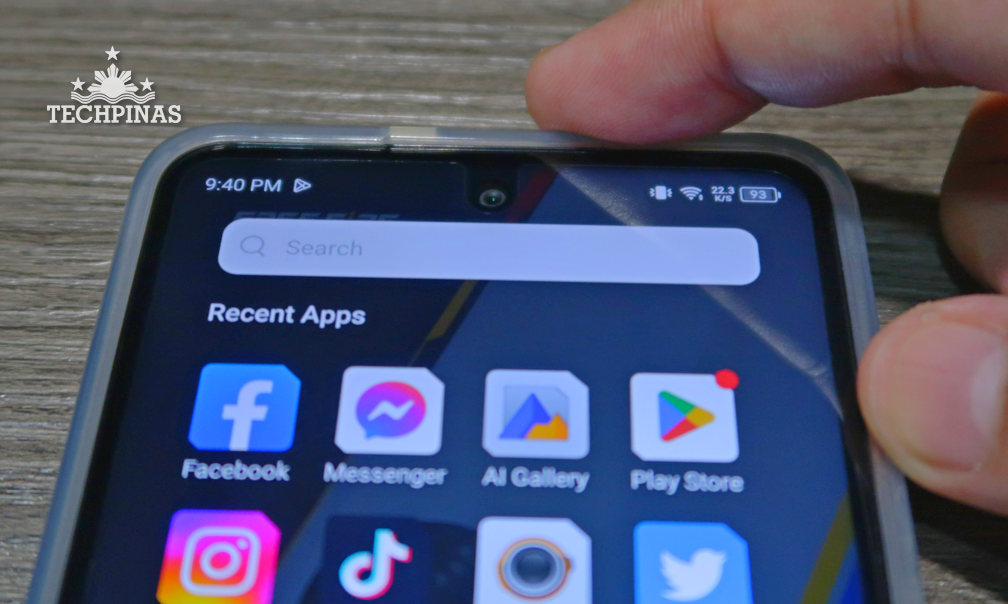How To Remove Scratches on Phone Glass Touchscreen? Is The Only Working Solution Worth Doing?
We all know the frustration that comes with finding scratches on our
smartphone touchscreens. In the quest for a solution, numerous methods and
DIY hacks have been proposed but many fall short of delivering real
results.
In this article, we will explore the most effective yet potentially risky
method of removing scratches, why it might be better to live with them, and
provide valuable recommendations to protect your smartphone screen from
scratches in the first place.
The Controversial Method That Works: Abrasive Paste or Fine Sanding
Among the myriad of methods circulating online, the use of abrasive paste or
sanding is often touted as the only effective way to remove scratches from a
smartphone touchscreen.
The abrasive paste typically contains fine particles or compounds that are harder than the glass, such as micro-abrasives or polishing agents. When applied and gently rubbed onto the scratched area, these particles gradually wear down the surrounding glass, effectively removing a small amount of material. This process aims to smooth out the surface and diminish the depth of the scratch.
Similarly, fine sanding involves using a fine-grit sandpaper or abrasive pads to gently sand down the surface around the scratch. This technique, when performed correctly, helps remove a layer of glass, gradually minimizing the depth of the scratch and making it less noticeable.
While it is true that these method can reduce the
visibility of scratches, it comes with some significant caveats, which the phone owner must be aware of.
The Oleophobic Coating Conundrum
By employing abrasive techniques, you inevitably remove a thin layer of the
glass to level out the scratches. Unfortunately, this process also eradicates
the oleophobic coating, which is responsible for repelling fingerprints and
smudges. Consequently, you may find yourself constantly battling smudges and
experiencing a less smooth touch experience.
The Risk of Further Damage
Engaging in abrasive techniques without the necessary expertise and precision
can result in more harm than good. Mishandling the process may lead to uneven
surfaces, impaired touchscreen functionality, or even cause cracks in the
glass. It is crucial to be aware of these risks and proceed with extreme
caution, seeking professional assistance if needed.
Embracing the Scratches: A Pragmatic Approach
Considering the drawbacks and potential risks involved in abrasive methods, it
often proves wiser to accept the scratches and live with them until your next
smartphone upgrade.
Modern smartphones are typically equipped with durable
glass and scratch-resistant coatings that make scratches less noticeable
during regular usage. In most cases, the cost and risks associated with
attempting a DIY scratch removal process outweigh the benefits.
A Preventive Measure: Screen Protectors for Peace of Mind
Rather than chasing elusive scratch removal solutions, a more practical
approach is to protect your smartphone screen from scratches in the first
place. Investing in a reliable screen protector, such as those made from
plastic or tempered glass, offers an added layer of defense.

Many Android smartphones these days already have a pre-installed screen protector when you purchase them, which is great for consumers.
These protectors act as a sacrificial layer, absorbing scratches and
preventing them from reaching the actual screen. Using a screen protector from
the beginning can provide peace of mind and reduce the chances of encountering
bothersome scratches.
Beware of Clickbait Solutions That Don't Work
In the pursuit of scratch-free smartphone touchscreens, it is essential to
separate fact from fiction. While clickbait solutions like rubbing banana
peels or toothpaste on a scratched screen might generate intrigue, they rarely
deliver substantial results unless they contain enough abrasive material. Anyone who has actually tried these "clickbait" methods will tell you that.
To wrap up, let me reiterate that instead of embarking on potentially risky ventures, it is often more prudent
to accept and live with the scratches until your next smartphone upgrade. As a
preventive measure, using a screen protector right from the start can
significantly reduce the likelihood of encountering scratches and provide
peace of mind.
Remember, the best way to deal with scratches is to avoid them altogether.
By taking precautionary measures such as using a screen protector and
employing a reliable phone case, you can protect your smartphone investment
and maintain a pristine touchscreen experience for longer periods.


